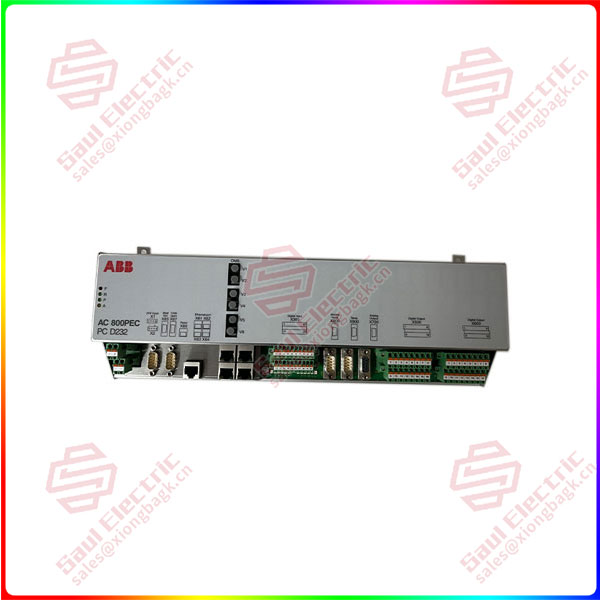At Mercedes-Benz’s Sindelfingen plant in Germany, a super-smart factory consisting of 4,500 industrial robots is in full swing, and the factory has been using robots since 1971. There are currently about 200,000 robots in service across Germany, and the number is expected to reach 1 million by 2025.
Germany Sindelfingen factory automation line
According to the German “Frankfurter Allgemeine Zeitung” quoted the Nuremberg Employment Market and Occupational research Institute report said that in the next few years, “Industry 4.0” will create 430,000 new jobs in Germany, and at the same time will cause 490,000 workers to lose their jobs. The future industrial structure is rapidly adjusting.
Today’s China is also facing the problem of industrial structural adjustment, so for the public, the choice of the future is more important than efforts, that is, in recent weeks, the robot lecture hall has received Internet users from different regions to consult. In the field of robotics, which research directions and professional market prospects are more clear?
At present, computer vision, motion planning control, arm grabbing is the most popular track for robot human eyes
When we choose a profession, we should understand that the academic frontier can allow unimaginative ideas and creativity, but if it is to fall to the product application level, it needs a large number of cases and the accumulation of data, and the efficient and smooth operation of robots is the most important place for commercial companies.
Looking at the two markets of Germany and the United States, apart from the large model and AI direction that have exploded in recent years, based on the traditional robot research direction, computer vision (deep learning direction), robot arm grasping operation, motion planning and control are very demanding fields, employment prospects are relatively clear, and salary levels are generally high.

PCD232A101 3BHE022293R0101
Specifically, the number one ranking is the computer vision aspect of deep learning, which is widely used in major fields, including the field of autonomous driving, intelligent medical and industrial automation. The field of robotics is an important branch of computer vision (deep learning), including for detecting and locating specific objects in images or videos in both structured and unstructured environments. The Tesla Optimus exposure of previous video exposure autonomously classifies objects by color, using a combination of vision technology and a fully locally deployed neural network that can quickly adapt to the environment and accomplish multiple tasks.
The motion planning control part is often inseparable from computer vision (deep learning), and in the industrial field, motion planning control is used to perform complex assembly, welding, spraying and other tasks. In the medical field, surgical robots need to achieve accurate control of surgical robots based on motion planning and control, combined with positioning systems. In recent years, more and more applications have been applied to biopsy soft tissue puncture for cancer screening. Based on the two tracks of industrial automation and medical, the commercialization prospects are clear and the employment prospects are better.
Arm grasping is the end application in the field of robotics. The arm grasping application in the industrial field mainly focuses on the grasping success rate of objects in unstructured environment, and its research is usually carried out together with visual perception, motion planning and control. Another kind of arm grasping based on soft robots is the field of high attention in the past two years, including MIT, Beihang and other universities and research laboratories are tackling the grasping of soft robot arms. At present, adaptive grasping research based on soft robot arms may become a new industry growth point.
 1 Year Warranty
1 Year Warranty





